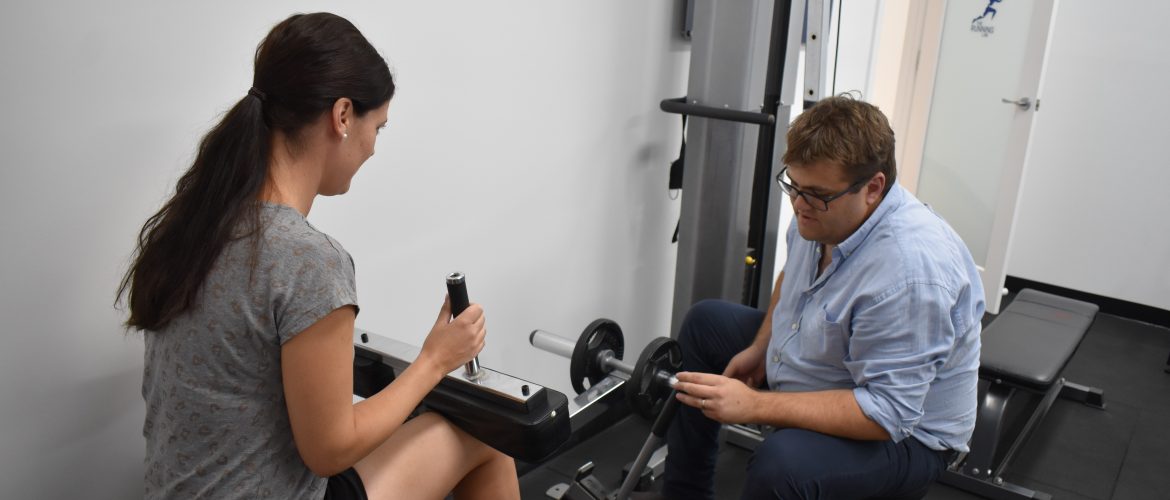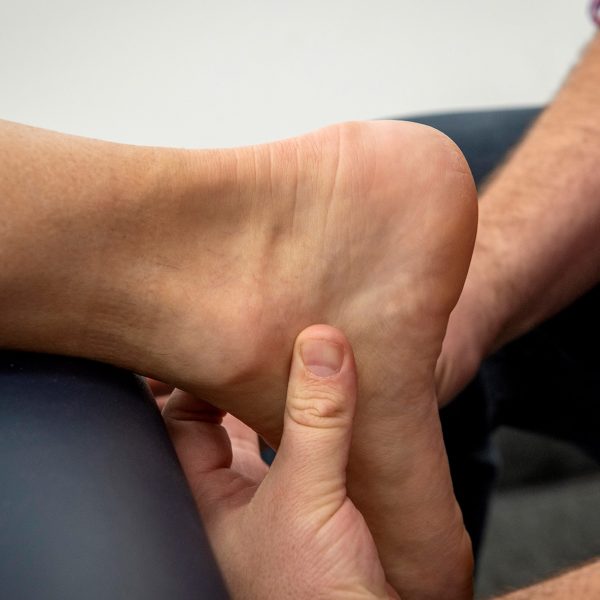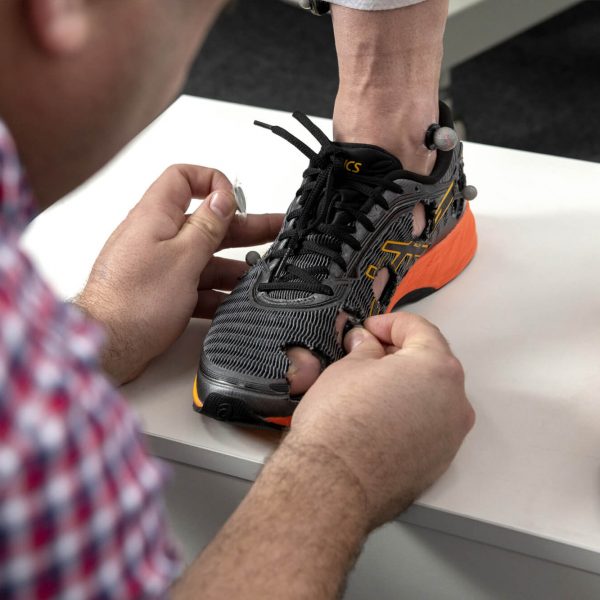The information we collect during a 3D gait analysis that relates to the range of motion of a joint and the velocity of movement, allows us to better select exercises.
This is to help improve functional control of movement and to prescribe load and increase muscle strength.
We also obtain additional information as to the control of our joints through the entire range of motion. So what do we do with this? Some common examples included:
- Targeting posterior chain stability and gluteal muscle strength in patients who are shown to fall into a lot of anterior pelvic tilt or drop their hip on one side
- Increasing quadriceps strength (and the ratio between quads and hamstrings) in patients who have high breaking forces. This is really important in running and landing based movements. But it is also really important in patients who suffer from conditions such as hip and knee arthritis or anterior knee pain, where there is a high amount of load applied to the joint.
- Increasing the strength of the calf muscle to either: Control how the foot is loaded (eccentric muscle phase) or improve the ability of the calf to generate propulsive power (concentric muscle phase)
- Increasing tibialis posterior muscle strength in patients who have flat feet, display a high amount of pronation through midstance or do not have the ability to re-supinate through propulsion.
- Increasing peroneal muscle strength in patients who have lateral ankle stability or high arch feet. This prevents them from sustaining lateral ankle injuries and reduce the amount of loading on the outside of the foot (common areas for stress fractures).
In addition to designing strength and conditioning programs, one of the benefits of 3D gait analysis technology is the ability to test a patient at baseline or the commencement of treatment and then re-test them after the initial treatment phase (often at 12 weeks).
This allows us to monitor how you progress overtime and ensures that we are achieving the functional outcomes with treatment that were intended. This level of transparency keeps us on our toes, ultimately being accountable to the decisions we make. This is particularly important when making decisions about post-operative management or return to sport following injury.





